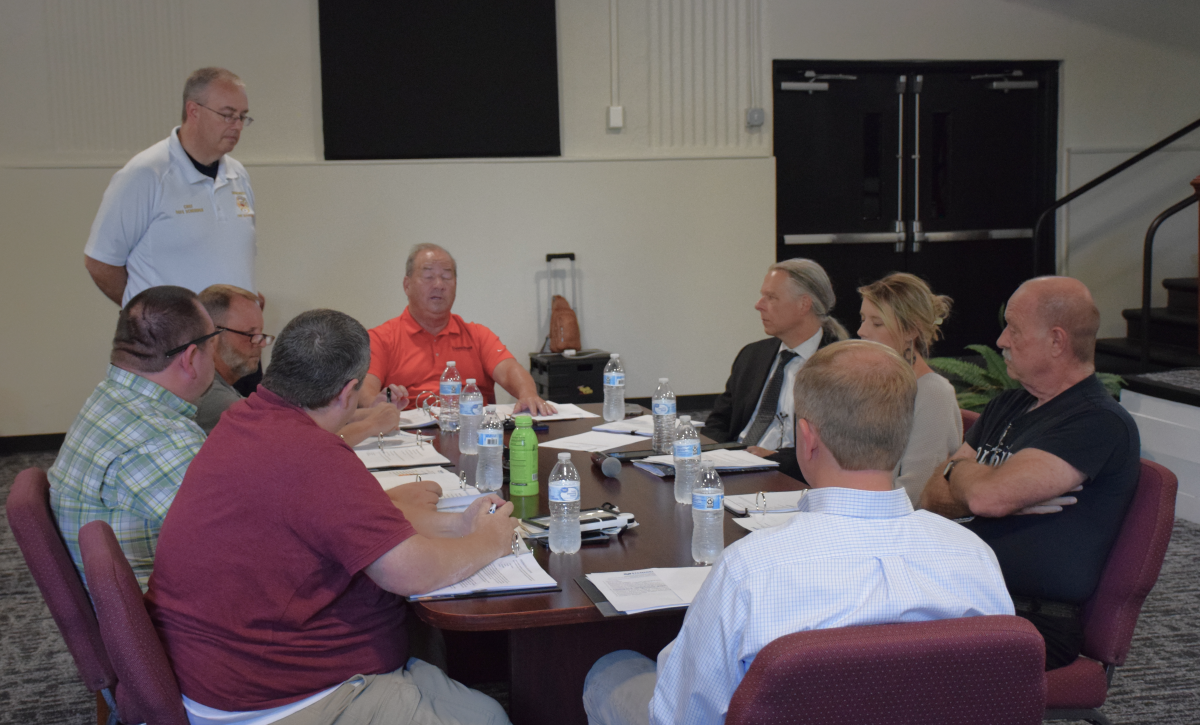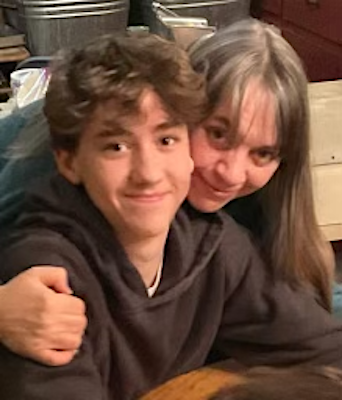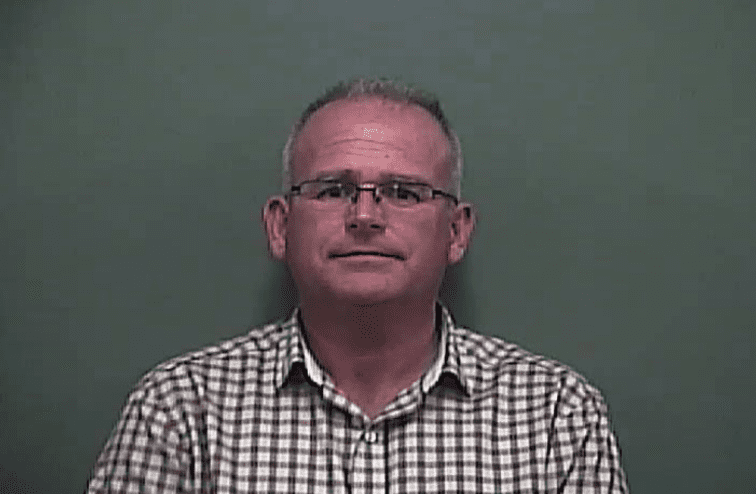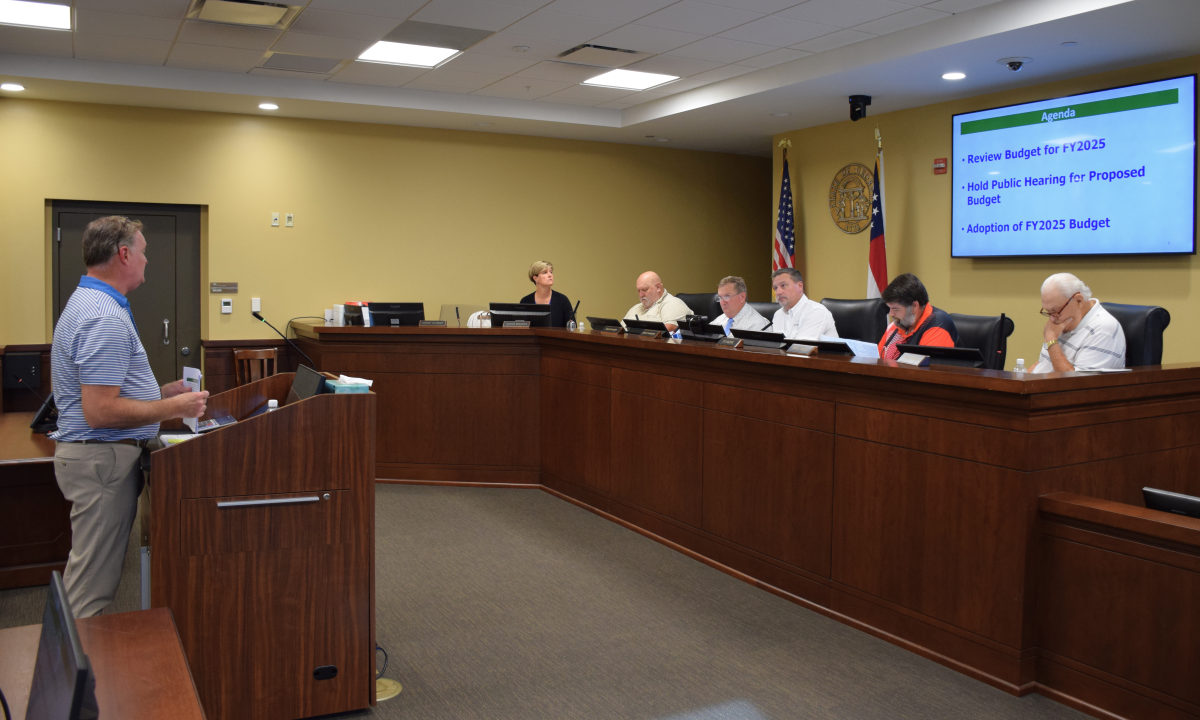
State health officials said Wednesday that there have been 81 deaths of Georgians from COVID-19 in long-term care facilities.
The Public Health statement came just minutes after Gov. Brian Kemp told reporters he had signed an executive order requiring aggressive infection control measures to curb outbreaks of COVID-19 at long-term care sites.
Media outlets have reported multiple deaths at nursing homes in Albany and Pelham in southwest Georgia and Athens in northeast Georgia. The state has listed 47 long-term care facilities with COVID-19 outbreaks.

Kemp speaking to reporters Wednesday. Photo credit: Georgia Recorder
Older people, and those with chronic and serious medical conditions, are more vulnerable to the disease, which overall had claimed 370 lives in the state as Wednesday evening. Deaths in long-term care represent more than 20 percent of the state’s COVID-19 fatalities.
Kemp, at a news conference at the state Capitol, said the Georgia National Guard has 36 infection teams that have disinfected 67 facilities in six days.
The governor Wednesday extended Georgia’s shelter-in-place order through the end of April. He also told reporters that the state’s supply of personal protective equipment for health care workers has improved, as has the capacity to perform tests for the disease.
Albany, seat of Dougherty County, remains a hot spot. The county has the highest total of COVID-19 deaths in Georgia, surpassing counties with much higher total populations.
In fact, the New York Times this week published a graphic of coronavirus death rates in cities, and it showed Albany’s rate to be the highest, with 46 deaths per 100,000 people. The next highest was New Orleans, with 29, and then New York City, with 25.
To handle the overload of deceased patients in Albany, the Georgia Emergency Management Agency told GHN on Wednesday that it has deployed a refrigeration unit atop a trailer at Phoebe Putney Hospital as a temporary morgue.
And GEMA is sending a second such refrigerated container — a bigger one — to the county morgue.
Michael Fowler, the Dougherty County coroner, said the backlog of stored bodies is because of a wait for families to claim people’s remains, as well as a need for medical tests on the deceased.
The end is not in sight. Phoebe Putney has reported 47 COVID-19 deaths, and has another 133 patients with the disease who are hospitalized.
Phoebe spokesman Ben Roberts said the hospital’s critical care bed space “is maxed out.’’
“We continue to see new [coronavirus] patients coming into the ER every day.’’
Rapid testing of newly admitted patients has helped the hospital identify individuals with COVID-19, he said.
GEMA spokeswoman Lisa Rodriguez-Presley, meanwhile, said the agency expects to deploy other such “morgue’’ units to areas hard hit by COVID-19.
Bringing in more beds
Kemp told reporters that state officials have been working on adding surge capacity at hospitals, in order to handle the expected increase in infected patients.
Health care systems have identified hundreds of additional ICU and med/surg beds, Kemp said. “We cannot take our foot off the gas,’’ he said. “There is no playbook for this pandemic.’’
Phoebe Putney is working on re-opening a closed facility to deal with the Dougherty County case.
Meanwhile, in metro Atlanta, Eastside Medical Center in Snellville is adding beds. Piedmont Healthcare has announced that the Marcus Tower at the system’s Atlanta hospital is opening April 13, almost four months early, to make more ICU beds available during the COVID-19 pandemic.
 The supply of personal protective equipment (PPE) for health care workers is improving, though “we still don’t have the quantities we need,’’ said Homer Bryson, GEMA director.
The supply of personal protective equipment (PPE) for health care workers is improving, though “we still don’t have the quantities we need,’’ said Homer Bryson, GEMA director.
Health care workers in Georgia and nationwide have expressed concern about the availability of PPE, which is vital during an infectious disease outbreak.
“I believe we’re doing everything in our power to get that PPE to those facilities before they actually run out,’’ Kemp said. “I feel a lot better about PPE right now than I did a week or 10 days ago.’’
The governor recognized the work of health care workers. “Many of these front-line health care workers are unable to see their families during the fight against this pandemic,’’ he said.
For the first time Wednesday, Public Health began releasing racial data on individuals in Georgia with COVID-19 infections.
The initial data, though, are far from complete, making it impossible to draw any conclusions yet.
Among those for whom a race is reported, African-Americans make up 20.5 percent of the COVID-19 cases, whites 15.3 percent, and ‘‘other’’ 1.4 percent. But for fully 62.7 percent, the race is listed as unknown.
Freelance journalist Max Blau contributed to this article.








